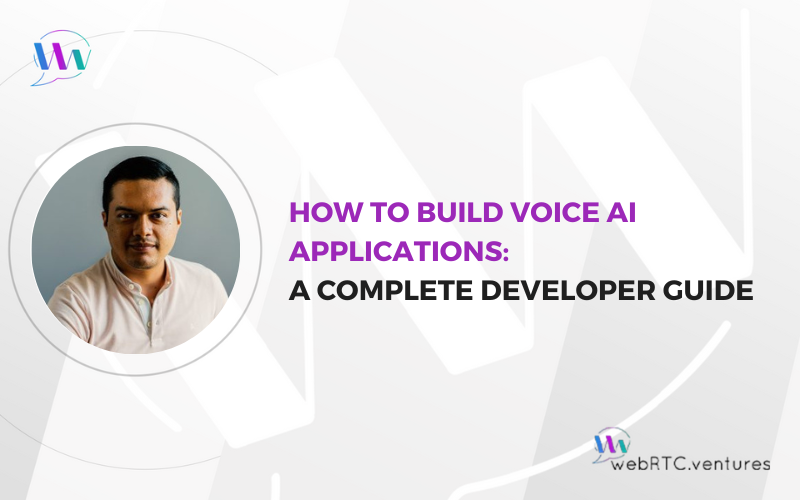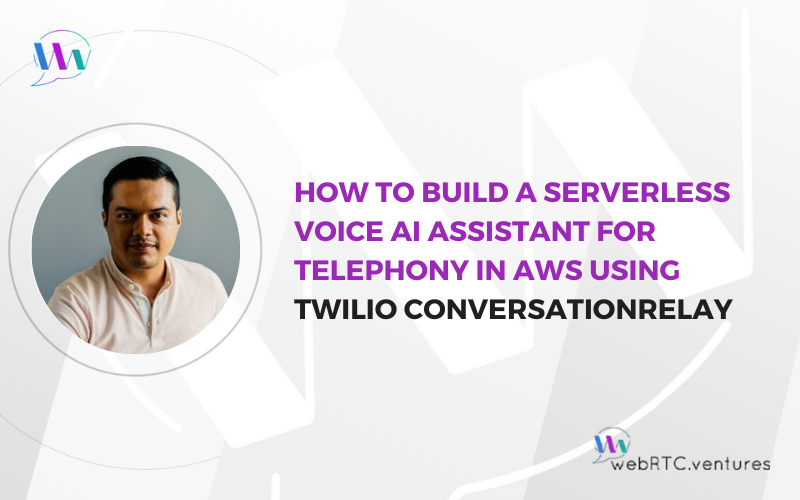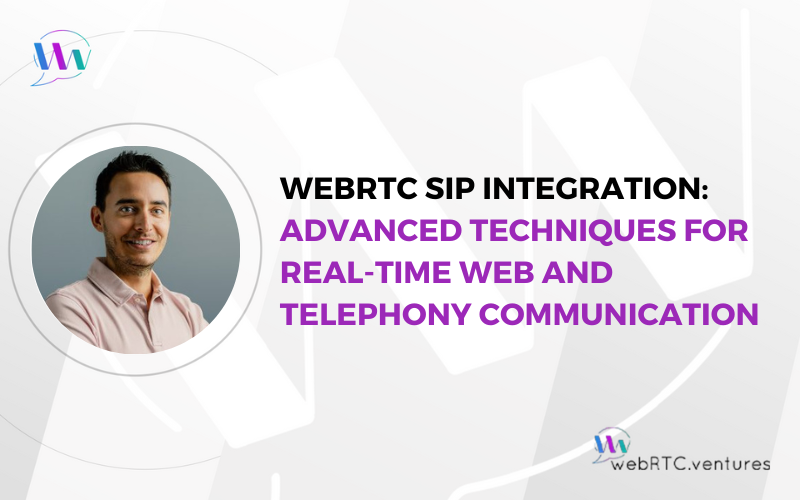
Voice AI applications are changing how businesses handle customer interactions and how users navigate digital interfaces. These systems process spoken requests, understand natural language, and respond with generated audio in real time. Building a voice AI application requires understanding speech processing, language models, and real-time communication infrastructure.

In a previous post, Reducing Voice Agent Latency with Parallel SLMs and LLMs, we showed how to reduce response times and create more natural conversational experiences using the LiveKit Agents framework. But optimization is only half the equation. Once your voice agents are deployed and handling real

Voice assistants powered by real-time AI are increasingly being used to automate phone-based customer interactions. Whether for contact centers, internal help desks, or voice-driven workflows, a reliable architecture needs to support low-latency audio streaming, accurate speech-to-text (STT), intelligent response generation, and real-time speech synthesis. In this post,

Bringing WebRTC and SIP together is a powerful way to connect modern web applications with traditional phone systems. Whether you’re enabling voice and video in the browser, or linking your app to a PBX and SIP trunk, WebRTC SIP integration allows users to communicate across platforms without






